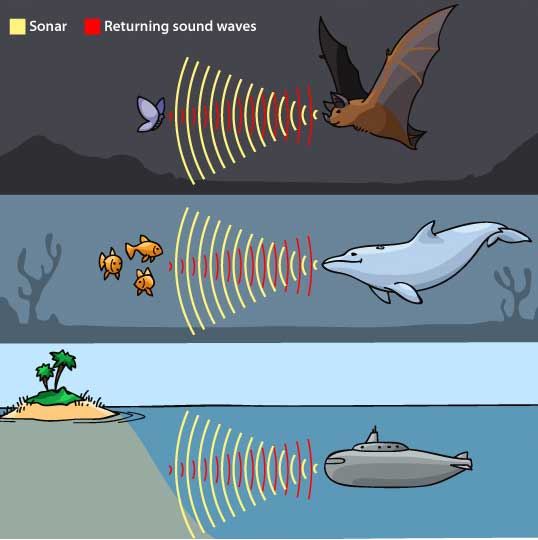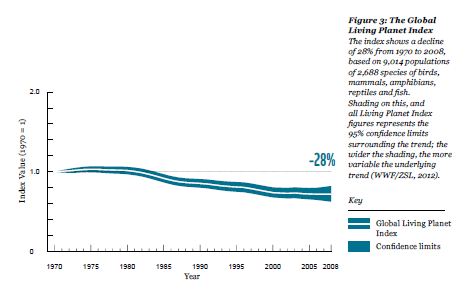Bear with me through a somewhat circuitous train of thought here. It starts unfortunately, since we’re all pretty much politicked out, with the second presidential debate. I promise, though, the topic isn’t politics.
Politicians love to shift topics when faced with a question they don’t particularly want to answer. Generally, this frustrates the hell out of most of us. The town hall debate, where a question about regulation of assault weapons turned away from gun control to an apple pie discussion of parents teaching moral values, was no exception. This was, of course, a safe cop out of an answer. Who could be against the idea of parents instilling responsible behavior so the urge to violence might be stemmed in the first place? Whether you are for or against gun control (and I, for one, am pretty sure the founding fathers didn’t envision the invention of AK-47s), it’s certainly a valid point that guns wouldn’t be the problem they are if they weren’t used for the wrong purposes. If, in formative years, children were helped to understand the implications of gun violence and to value lives more highly, then it stands to reason that shootings would diminish.
Yes, it’s a naïve, simplistic answer, and there are all kinds of reasons that it wouldn’t work, starting with the fact that too many parents were themselves raised in circumstances where guns trumped moral persuasion. But let me try to get to my real topic before I trap myself in a politically incorrect corner.
- image credits: www.avenuek9.com and http://image.off-roadweb.com
In ecological terms, we might (reluctantly) put a positive spin on Romney’s and Obama’s answer avoidance by saying they were attempting to look at the problem systemically, getting at the root causes. NRA members have long said “guns don’t kill people; people do,” and there’s an element of truth to that, self-serving manipulation aside.
A core strain of environmentalism advocates thinking in and understanding systems, and there is indeed an environmental parallel here with the candidates’ attempt, politically motivated as it may have been, to get past what some would call the blunt instrument of government regulation in order to pre-empt the problem. The parallel occurred to me the day after the debate while taking one of my classes to an exhibit on “biomimicry” — the attempt to solve human problems by looking at nature’s methods. (More on that in a moment.) Toward the end of the visit, the BiomimicryNYC organizer asked us what we thought were the best ways to teach biomimicry principles and whether it should be in college or high school. Most of my students thought it needed (and deserved) to be a college-level course. I agree entirely, but piped in that perhaps there is a good reason to begin the discussion even earlier, in grade school.
That discussion, I suggested, might not be so much about specific examples of biomimicry and their applications, and instead might be about the wisdom embedded in nature and how we can learn from ALL aspects of nature. The point, implicitly or explicitly, would be that we can’t learn from something that doesn’t exist. (Not readily, anyway.) If bats hadn’t been around, would the concept of sonar have occurred to humans? If birds didn’t exist, would we have ever yearned to fly?
- image credit: http: www.robaid.com
Both of these can be thought of as examples of biomimicry; figuring out how to do something by studying the experts — tapping nature’s 3.8 billion years of experience. It’s a fascinating developing field that holds the hope of leading us to solutions to our environmental – and other – problems. But what particularly intrigued me in the discussion during our field trip was the potential to instill in a new generation a different relationship between ourselves and nature. Many of the specific and advanced concepts to be found and explored through biomimicry are more suited for high school and college courses, but grade schoolers are not too young to get the idea that nature is really very smart, that that mildly annoying housefly or icky worm, for instance, oughtn’t be so quickly swatted to death. We get indoctrinated early on to think that humans are in a separate category and on a higher plane than the rest of the things that co-occupy the planet with us. You can blame that attitude on religious beliefs or on the teachings of various philosophers, or on an assortment of other cultural theories. But when you start understanding that, in many ways, nature has better answers than we do, the stage is set for a change in the assumed hierarchy. A new respect for other living things – and, in fact, for non-living things as well – can result.
When biomimicry comes up in my classes, we often discuss that there are many as-yet undiscovered species of life and that some of those species may provide clues or even direct answers to problems such as cancer. The logical outgrowth of that realization is that human-caused extinctions, such as the ones arising from the decimation of the rain forests, may well mean we never get the chance to make those discoveries. (There are, of course, many other reasons to preserve the rain forests as well.) In this era of the fifth mass extinction the Earth has faced – and the only one to be human caused – it isn’t only the threatened species and ecosystems that lose out.
- Decline of species, from the Living Planet Index 2012, WWF
Equipped with the understanding that killing an animal or clearing a forest means harm both to others who may possess “useful knowledge” and to ourselves, perhaps children will treat creatures and surroundings differently. And more significantly, they may grow up to adopt those beliefs and put them into practice in their personal, civic and business endeavors. Imagine a developer or an oil company executive approaching an untouched ecosystem understanding that human needs don’t automatically outweigh nature’s.
That borders on what might be called a misanthropic attitude: believing that nature’s interests are more important than humans. While that might be misplaced, it is hardly likely. We are currently so far in the opposite direction, the anthropogenic approach that states nature exists primarily for our use and benefit, that a shift to biocentrism (giving equal emphasis to all species of life) or ecocentrism (emphasizing the systems by which life exists) is wholly necessary.
- Remaining wilderness, per Living Planet Report 2004, WWF

